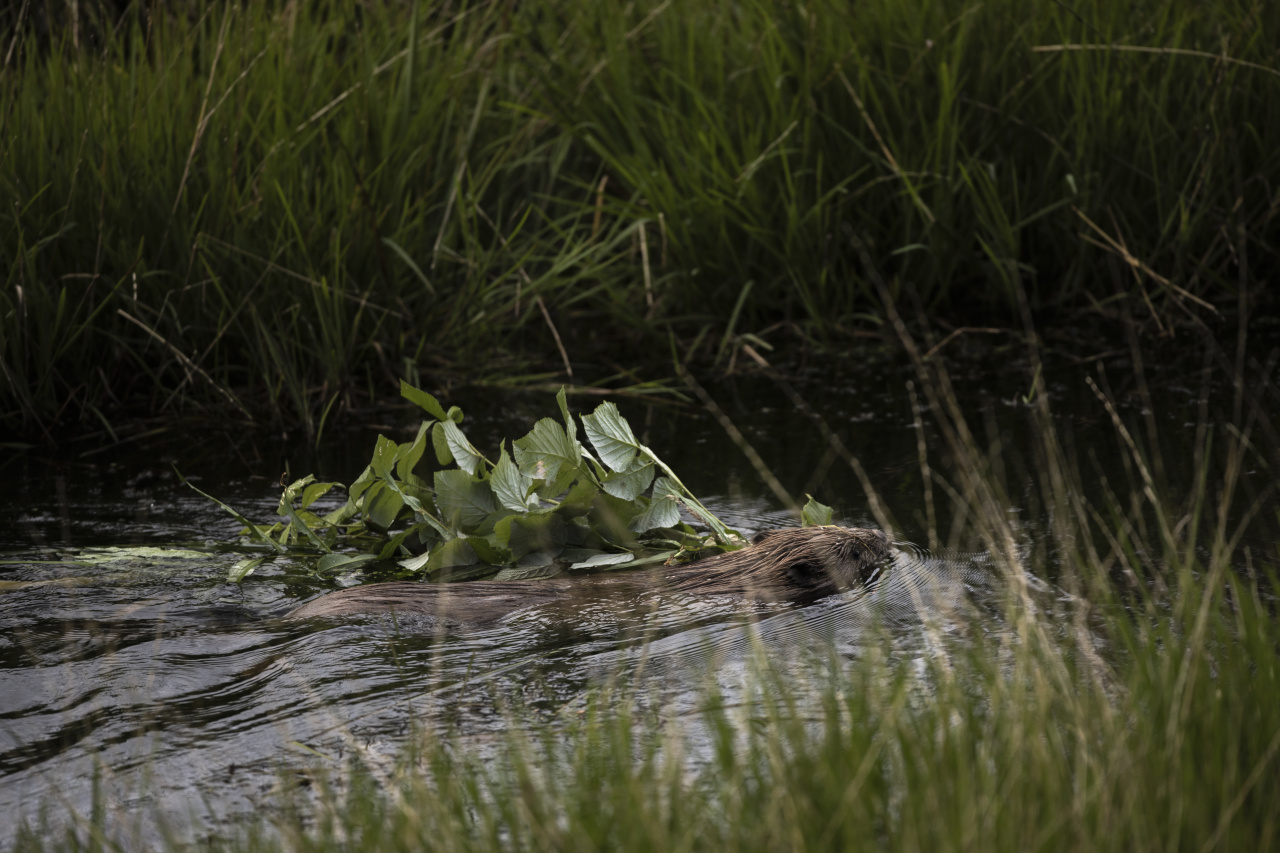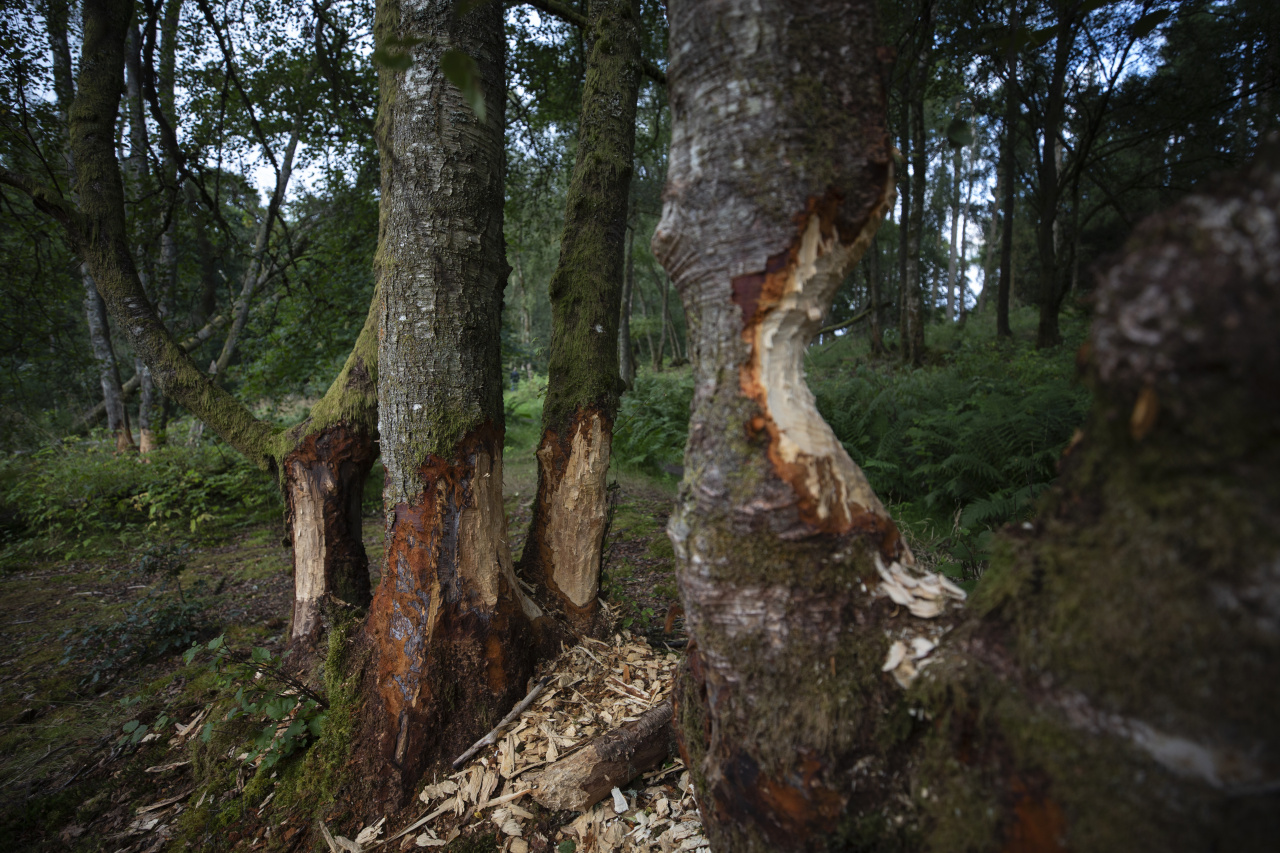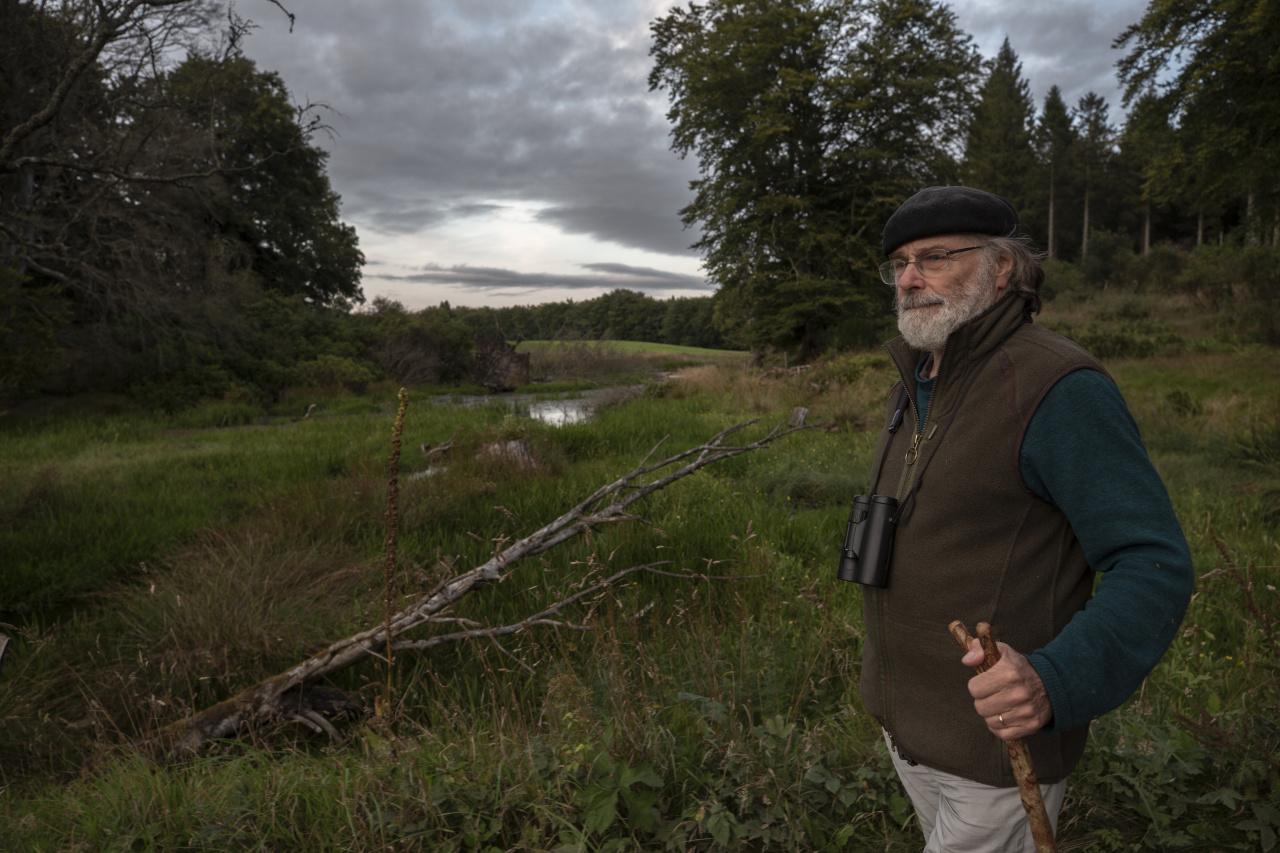Building dams that flood land, the beavers have infuriated farmers. Some have obtained permits to kill the animals — setting off outrage among conservationists.
A new instalment of the REWILD series, with a commission for The New York Times, working with writer Stephen Castle..






